

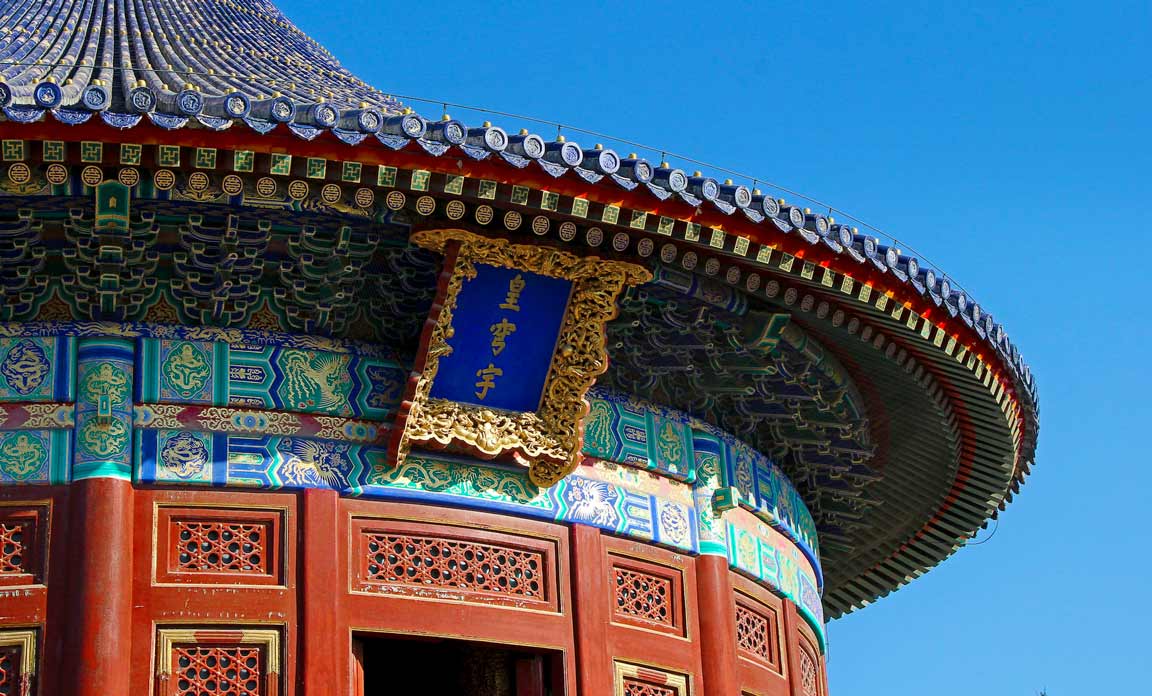
Welcome to our comprehensive guide on the Temple of Heaven! In this article, we will take you on a captivating journey through the fascinating history, awe-inspiring architecture, and profound cultural significance of the Temple of Heaven.
Located in the heart of Beijing, this remarkable religious complex has mesmerized visitors for centuries with its grandeur and spiritual aura. Whether you are a history enthusiast, an architecture lover, or simply curious about Chinese culture, prepare to be enthralled as we explore the wonders of this iconic UNESCO World Heritage site.
The Temple of Heaven, known as “Tiantan” in Chinese, is an architectural masterpiece and a UNESCO World Heritage site. It encompasses a vast complex of religious buildings and ceremonial spaces, covering an area of approximately 2.7 square kilometers (1.04 square miles). The temple complex stands as a testament to China’s rich history, architectural brilliance, and spiritual traditions.
You can find the Temple of Heaven situated in the southern part of Beijing, the capital city of China. Its central location within the city makes it easily accessible for visitors from all around the world. The complex is surrounded by a vast park, providing a tranquil escape from the bustling urban environment.
And if you were wondering about The Temple of Heaven’s address here it is “1 Tiantan E Rd, Dong Cheng Qu, China, 100061” and here is a link to their official website.
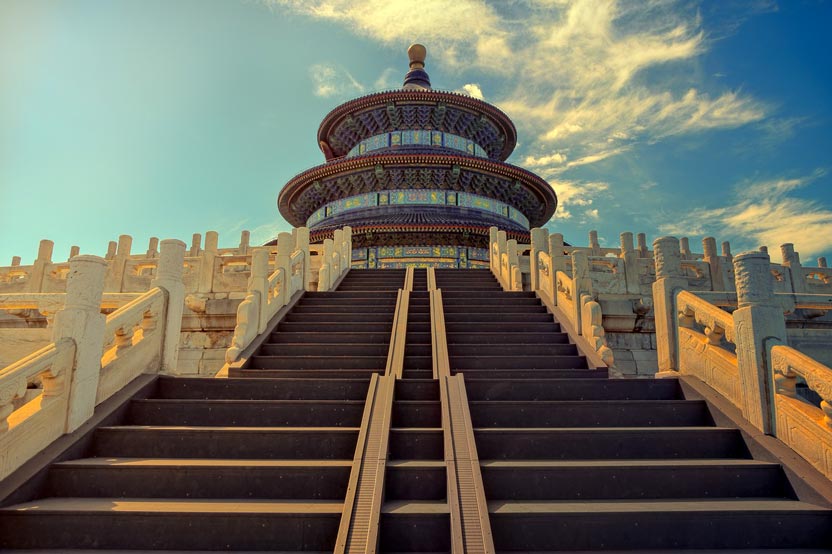
The construction of the Temple of Heaven took place during the Ming Dynasty in the early 15th century. The ambitious project was initiated by Emperor Yongle, the third emperor of the Ming Dynasty, and construction began in 1406. It took approximately 14 years to complete the primary structures of the temple complex. Over the centuries, additional buildings and expansions were added during the subsequent Qing Dynasty.
The primary architect and driving force behind the construction of the Temple of Heaven was Emperor Zhu Di who is also known as The Yongle Emperor. He envisioned the temple as a place where the emperors, as the intermediary between heaven and earth, could communicate directly with the divine and seek blessings for the prosperity of the empire and the well-being of its people. Subsequent emperors of both the Ming and Qing Dynasties played a significant role in the expansion and maintenance of the temple complex.
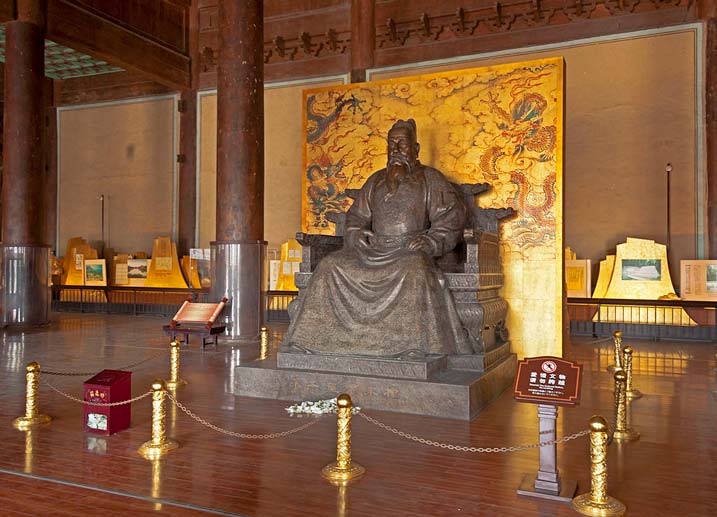
The Temple of Heaven showcases a remarkable blend of architectural brilliance and traditional Chinese design principles. The layout of the complex reflects the profound respect for symmetry and harmony in Chinese culture. The buildings within the complex were carefully positioned to align with the cardinal directions, emphasizing the importance of balance and cosmic order.
The construction of the temple followed traditional Chinese building techniques. The primary materials used were wood and stone. Wooden pillars, without the use of any nails or cement, support the majestic roofs of the buildings. Intricate carvings, vibrant colors, and detailed patterns adorn the roofs and walls, showcasing the exquisite craftsmanship of the artisans of that era.
The name “Temple of Heaven” originates from the profound religious and philosophical beliefs of ancient China. In traditional Chinese cosmology, heaven was considered the highest power governing the universe. The emperors, as the sons of heaven, would perform elaborate rituals at the temple to demonstrate their reverence and seek divine blessings for a prosperous reign and abundant harvests.
The temple complex consists of three main sections: the Hall of Prayer for Good Harvests, the Imperial Vault of Heaven, and the Circular Mound Altar. The Hall of Prayer for Good Harvests is the most iconic structure, characterized by its three-tiered circular roof, representing heaven, earth, and humanity. The Imperial Vault of Heaven served as a ceremonial storage place for the tablets of the gods. The Circular Mound Altar, a round marble platform, was the site of sacrificial ceremonies performed by the emperor.
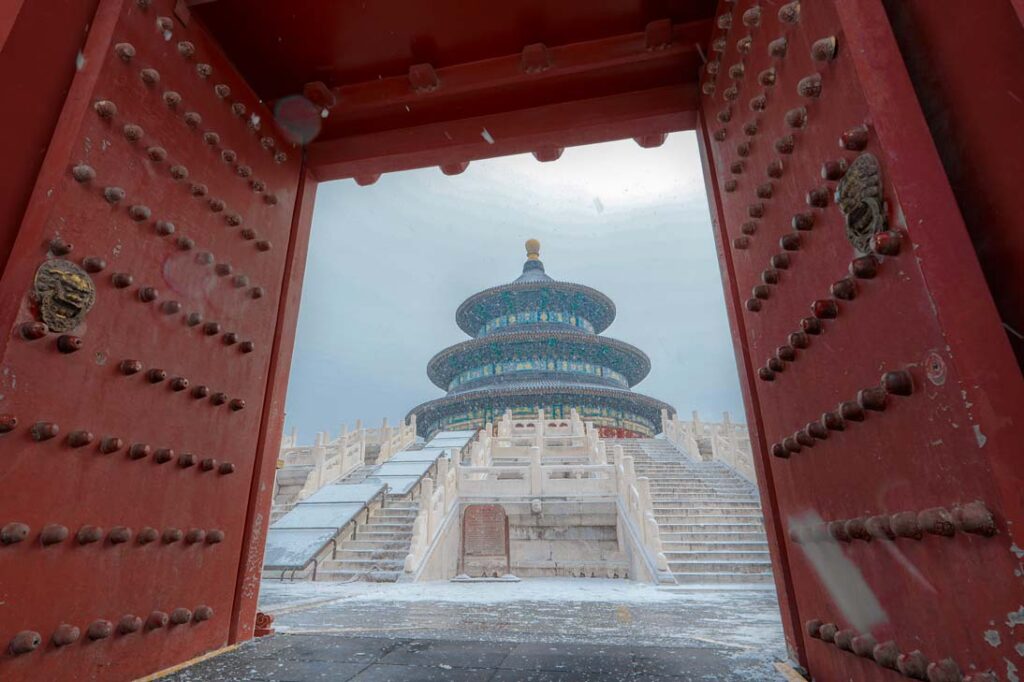
The Temple of Heaven represents a blend of religious practices, primarily influenced by Confucianism and Taoism. Confucianism, a philosophical system developed by Confucius, played a significant role in the rituals conducted at the temple. The principles of honoring ancestors, maintaining social harmony, and performing sacrificial ceremonies were deeply rooted in Confucian teachings.
Taoism, an indigenous Chinese religion emphasizing harmony with the natural world and the pursuit of spiritual immortality, also played a vital role in the temple’s religious practices. Taoist priests and rituals were incorporated into the ceremonies performed at the temple, further enriching its spiritual significance.
The Temple of Heaven holds immense cultural significance for China. It serves as a symbol of the country’s architectural brilliance, religious devotion, and historical heritage. The meticulous design and harmonious layout of the complex continue to inspire awe and admiration, attracting millions of visitors each year.
Beyond its architectural grandeur, the temple provides a glimpse into the rich cultural and religious traditions of ancient China. The rituals performed here were an integral part of the imperial system, emphasizing the harmony between the ruler and the heavens. The temple’s legacy extends to the present day, where it stands as a reminder of China’s profound history and cultural identity.
Visiting the Temple of Heaven offers a unique opportunity to immerse oneself in the spiritual ambiance of this ancient complex. The serene park surrounding the temple allows visitors to appreciate the beauty of nature while exploring the remarkable structures and learning about the rituals and traditions associated with the site.
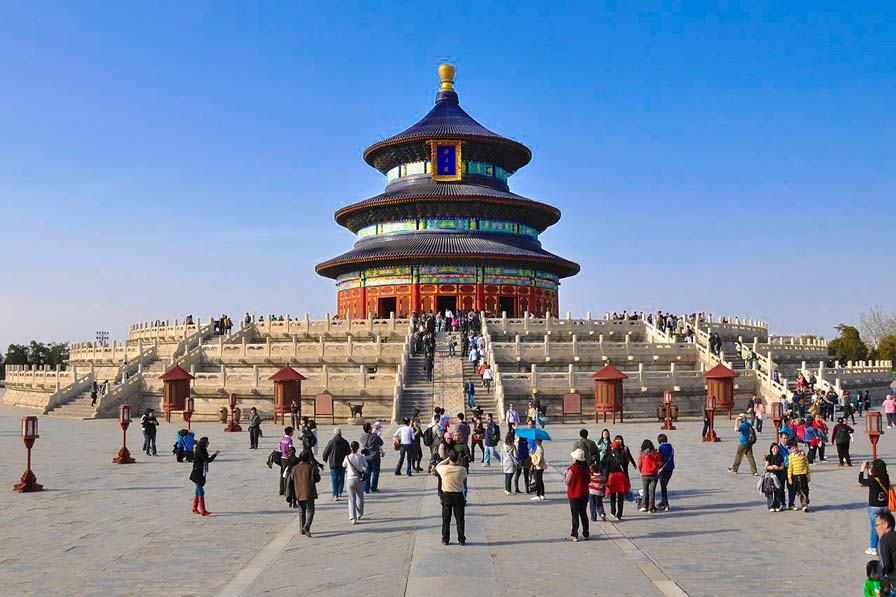
In conclusion, the Temple of Heaven stands as a magnificent testament to China’s rich history, architectural brilliance, and spiritual traditions. Its harmonious design, intricate craftsmanship, and profound cultural significance make it a truly remarkable destination.
As you walk through the tranquil gardens, stand beneath the majestic Hall of Prayer for Good Harvests, and witness the legacy of ancient rituals, you can’t help but be captivated by the timeless beauty and spiritual ambiance that permeates the air.
The Temple of Heaven is not just a historical site; it is a place that connects us to the past, reminding us of the enduring legacy of China’s cultural heritage. So, if you ever have the opportunity to visit Beijing, make sure to set aside time to experience the awe-inspiring magnificence of the Temple of Heaven, where the earthly and divine realms converge in perfect harmony.
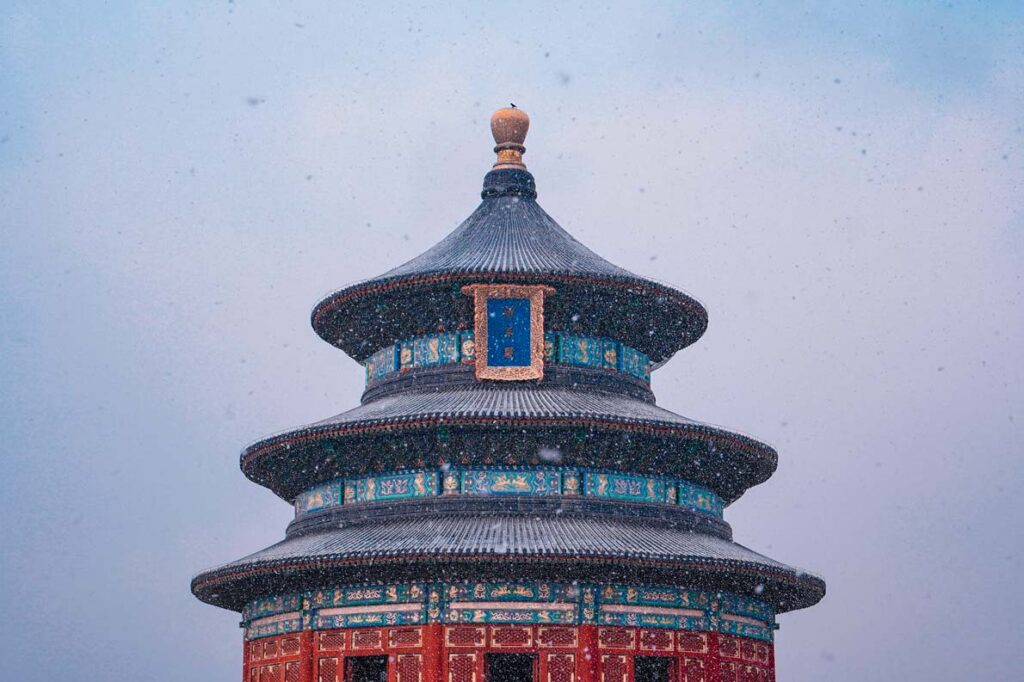
If you enjoyed this article and would like to read a similar one click here to see our article on The Forbidden City FAQs: Exploring China’s Historic Gem!
And lastly, if you would like to see the rest of Beijing’s UNESCO world heritage sites please click here to see Exploring Beijing’s 7 UNESCO World Heritage Sites!